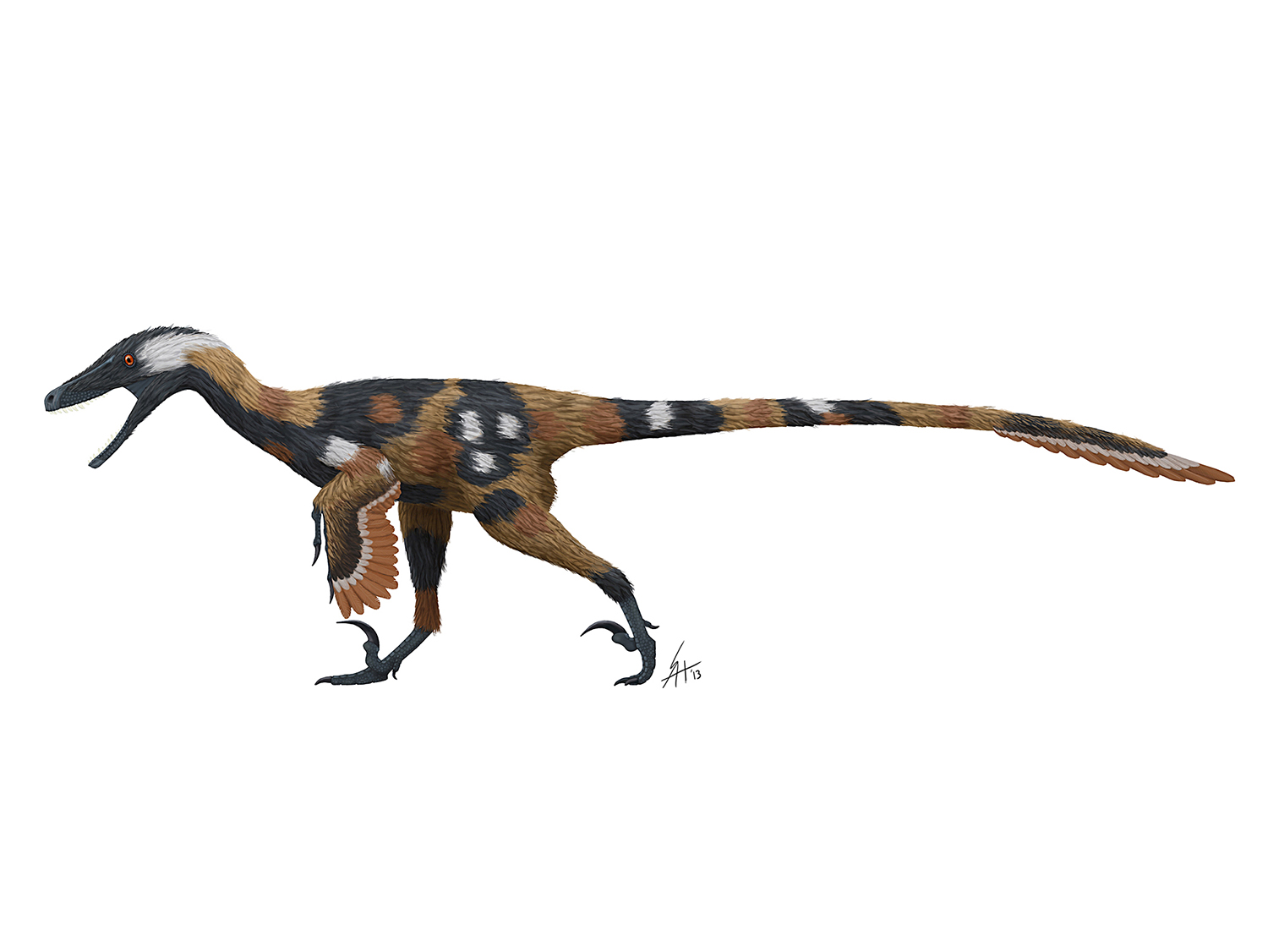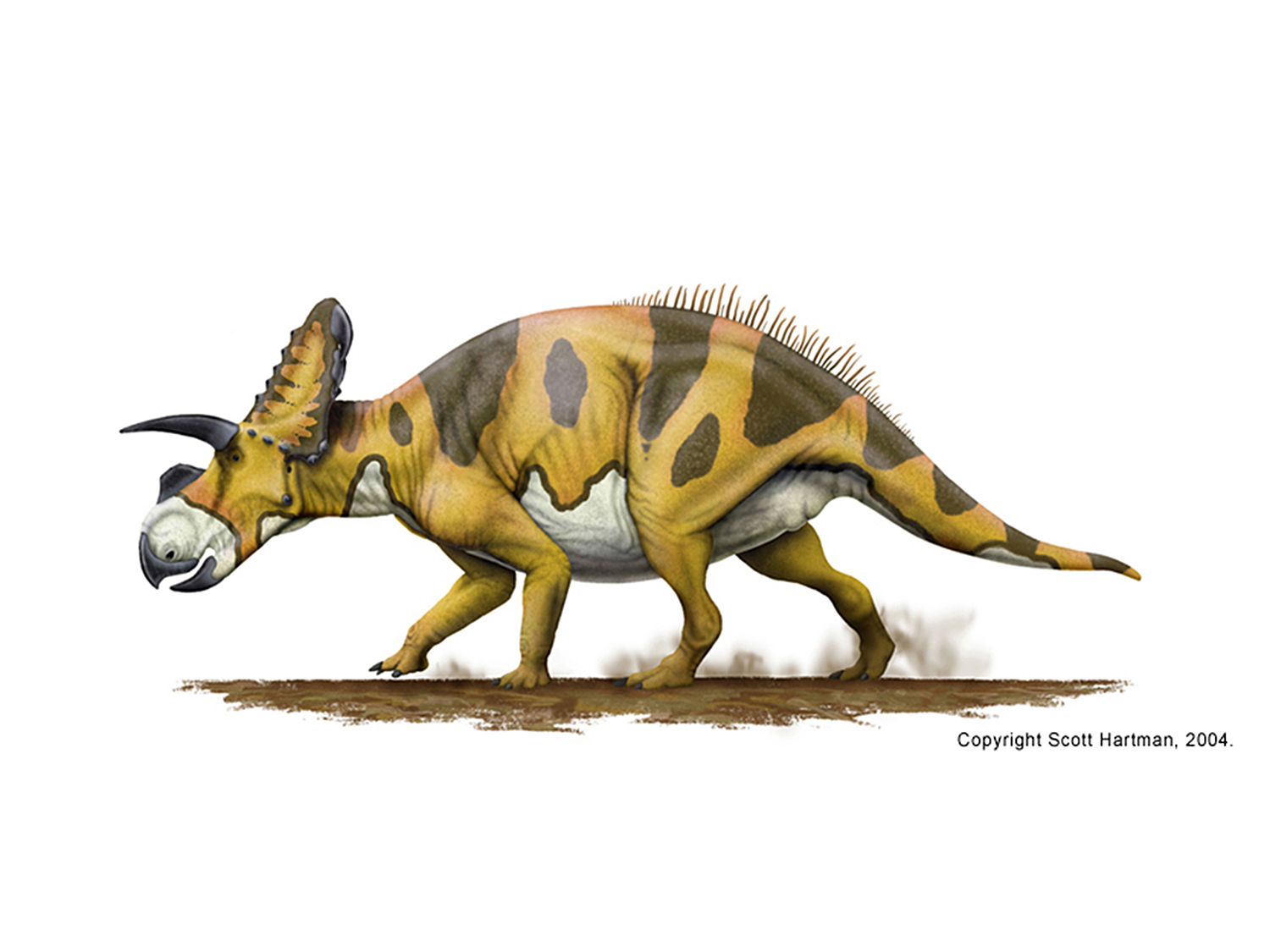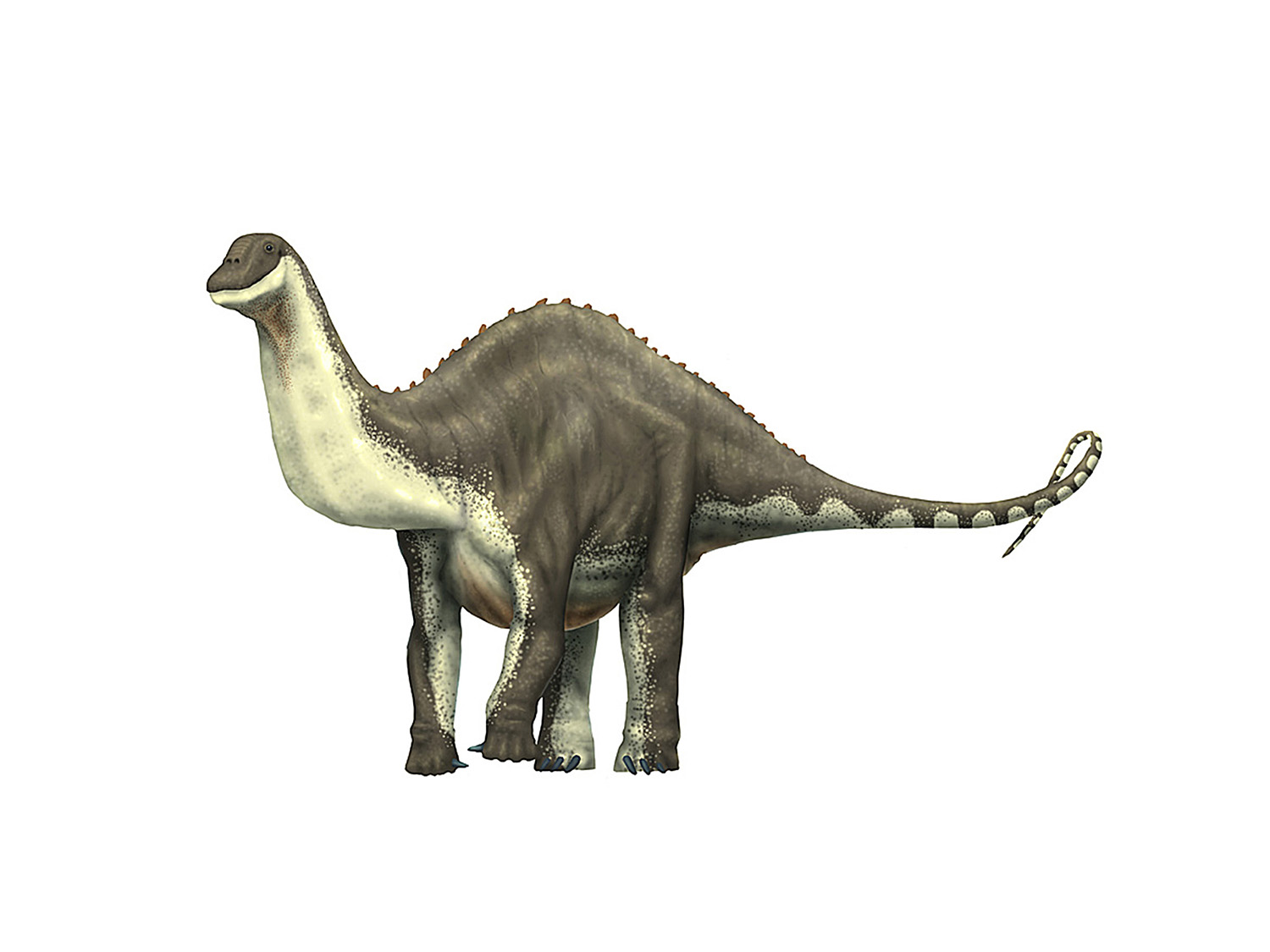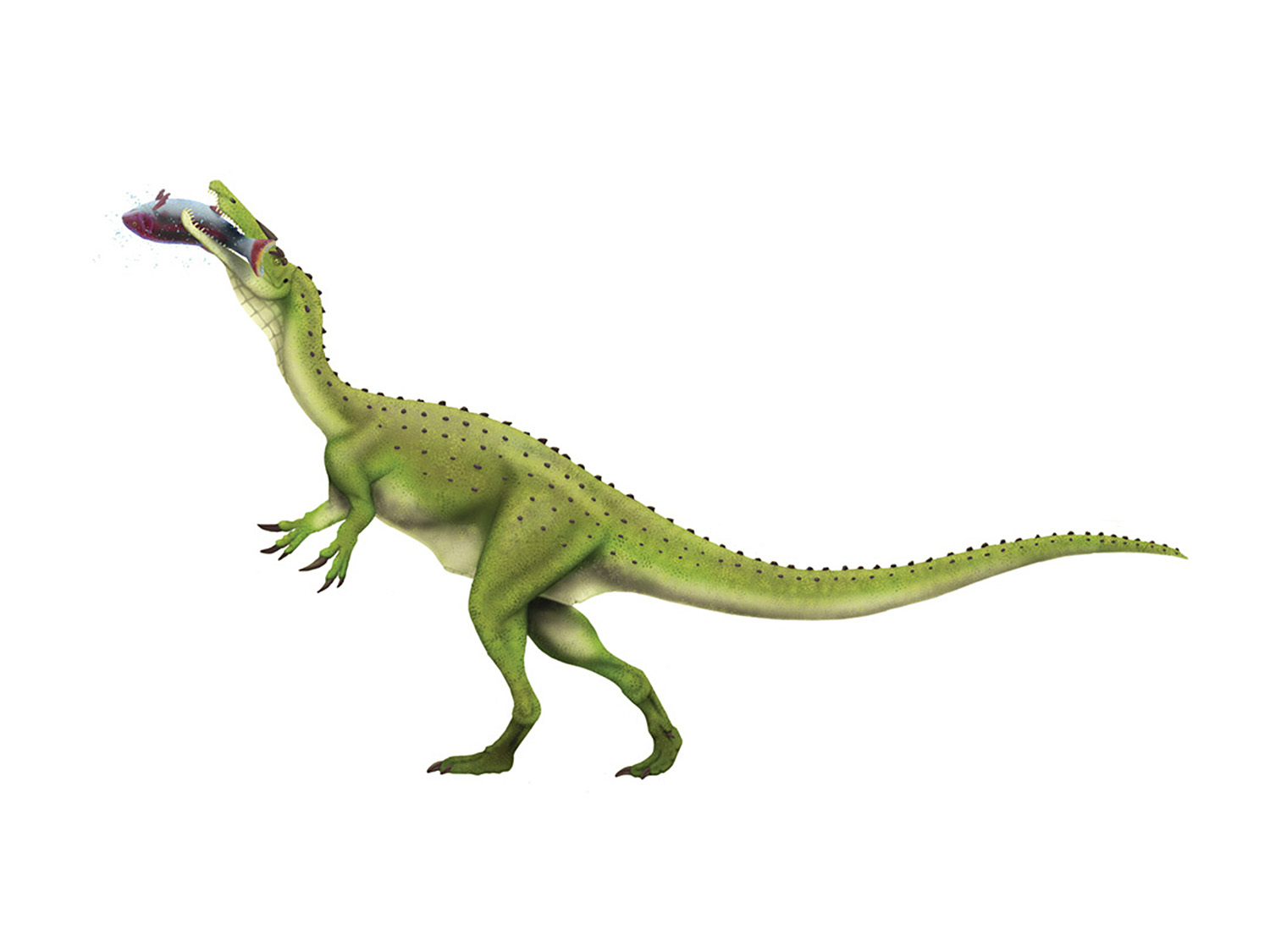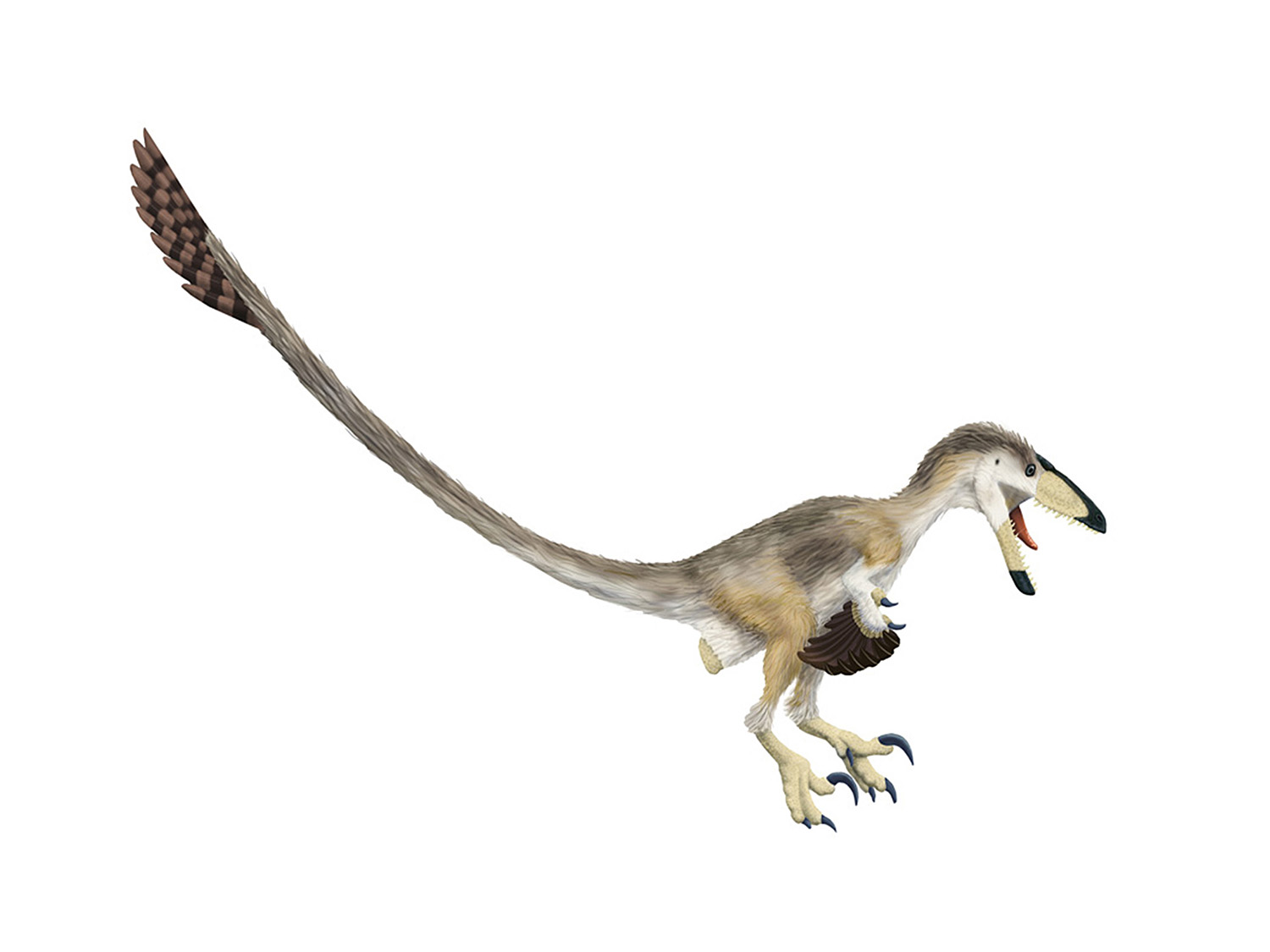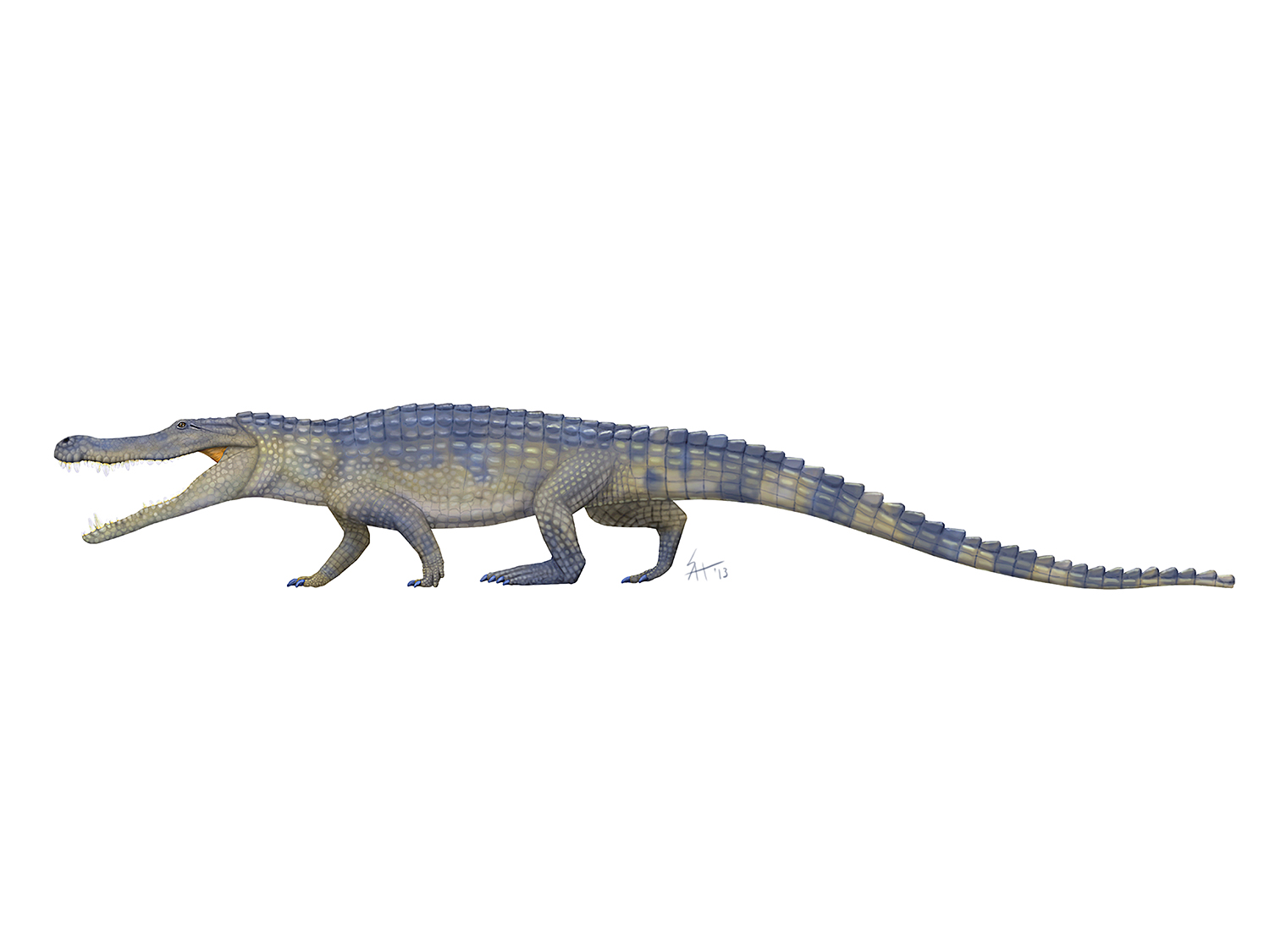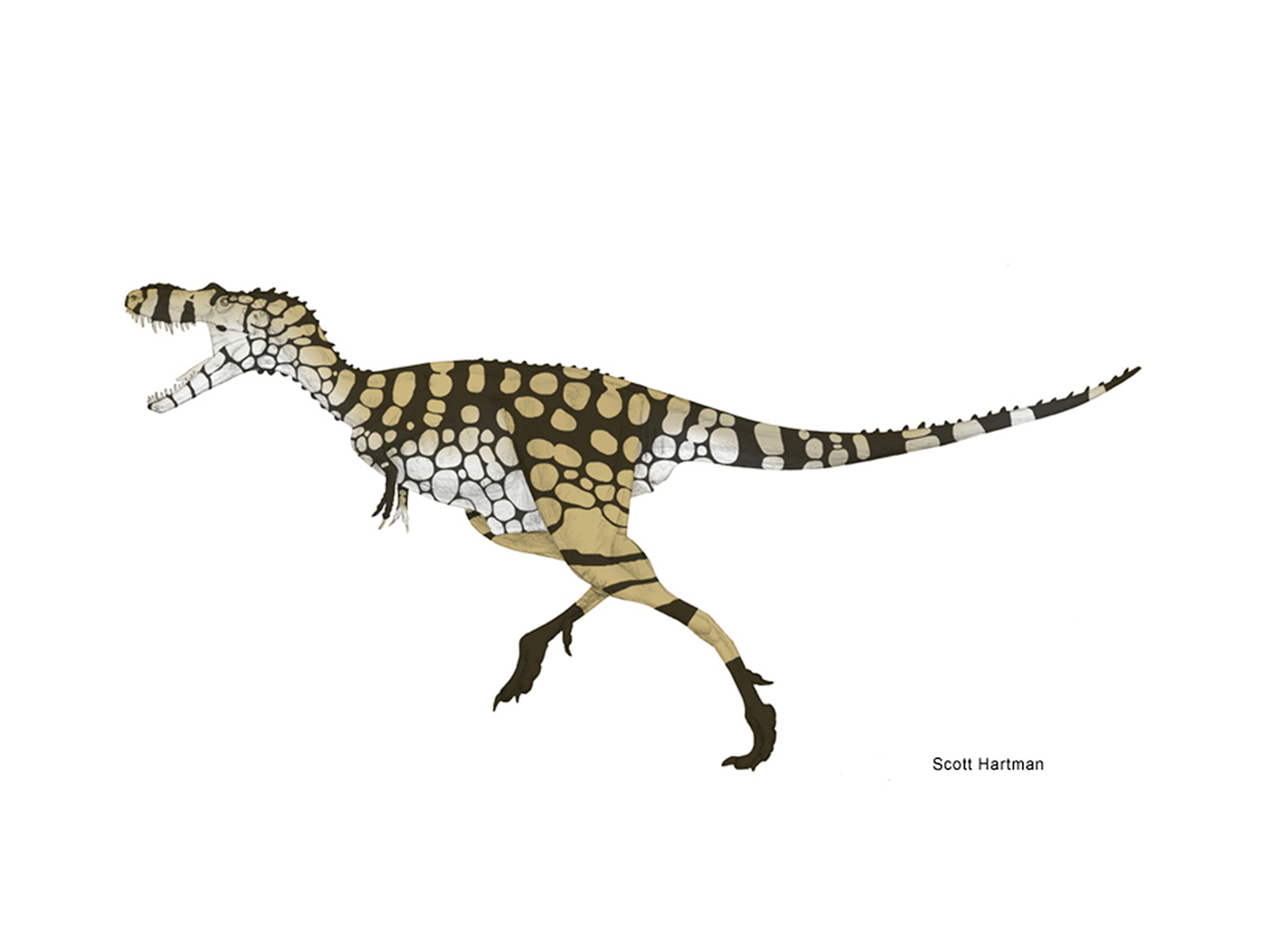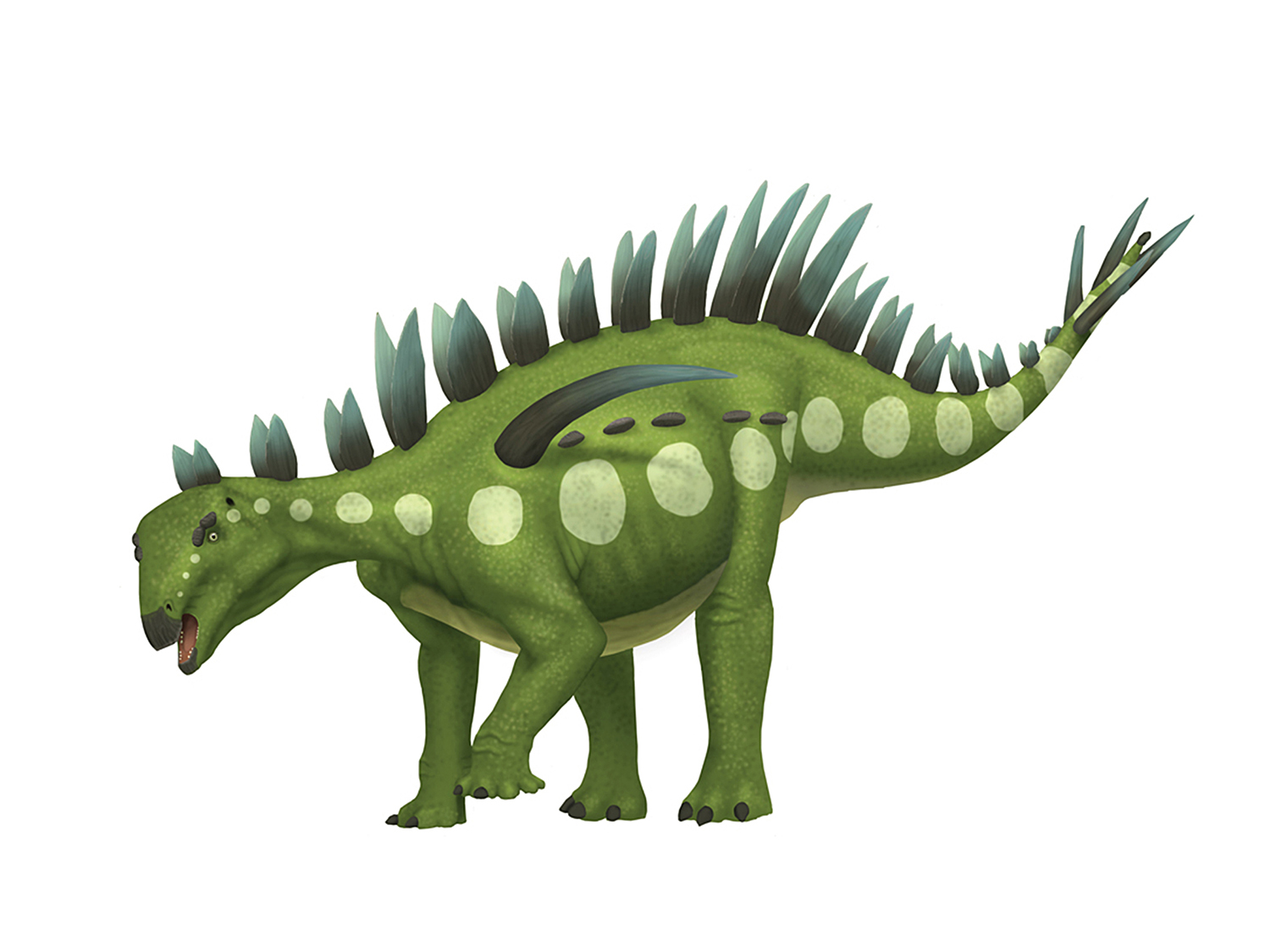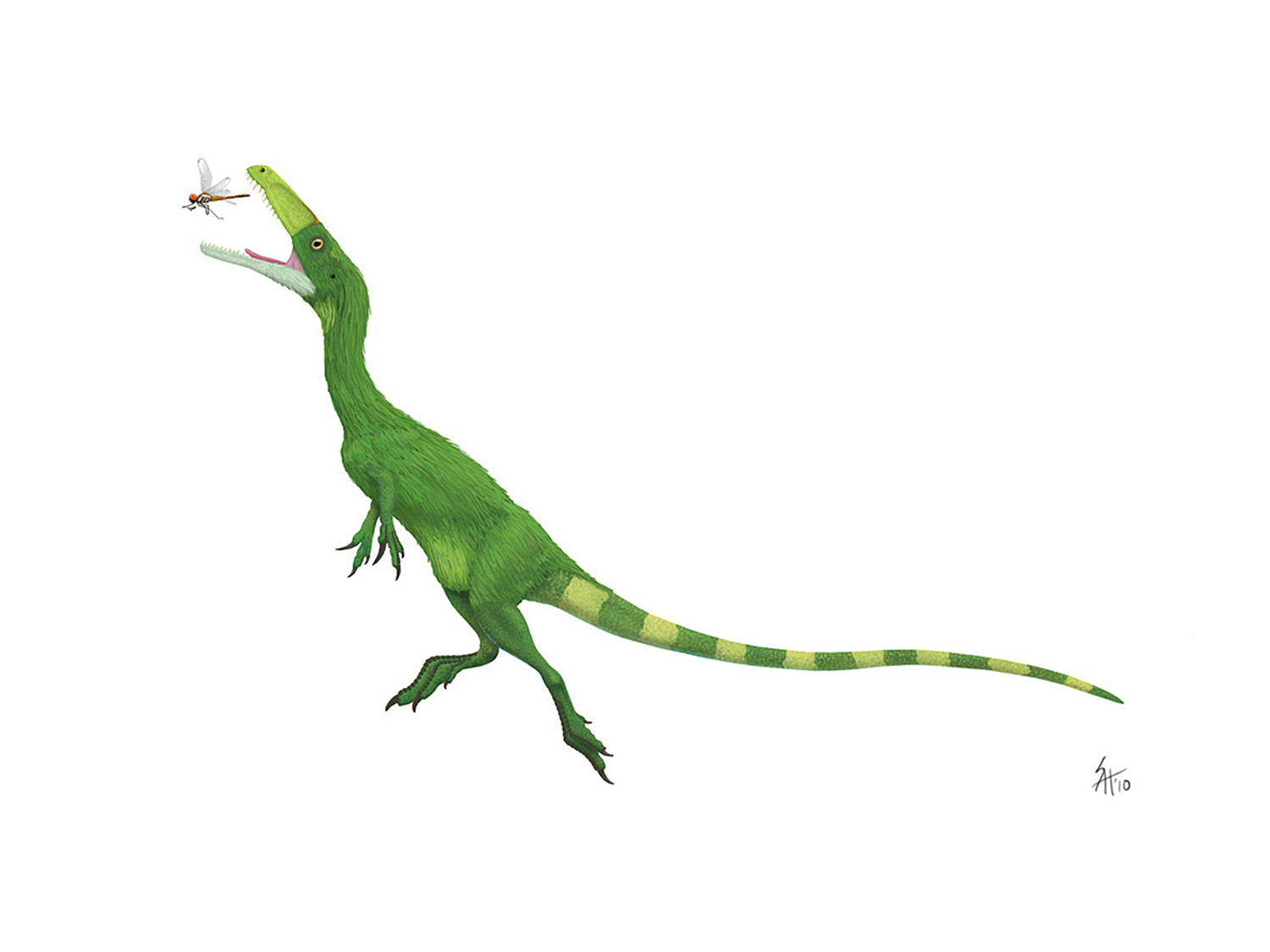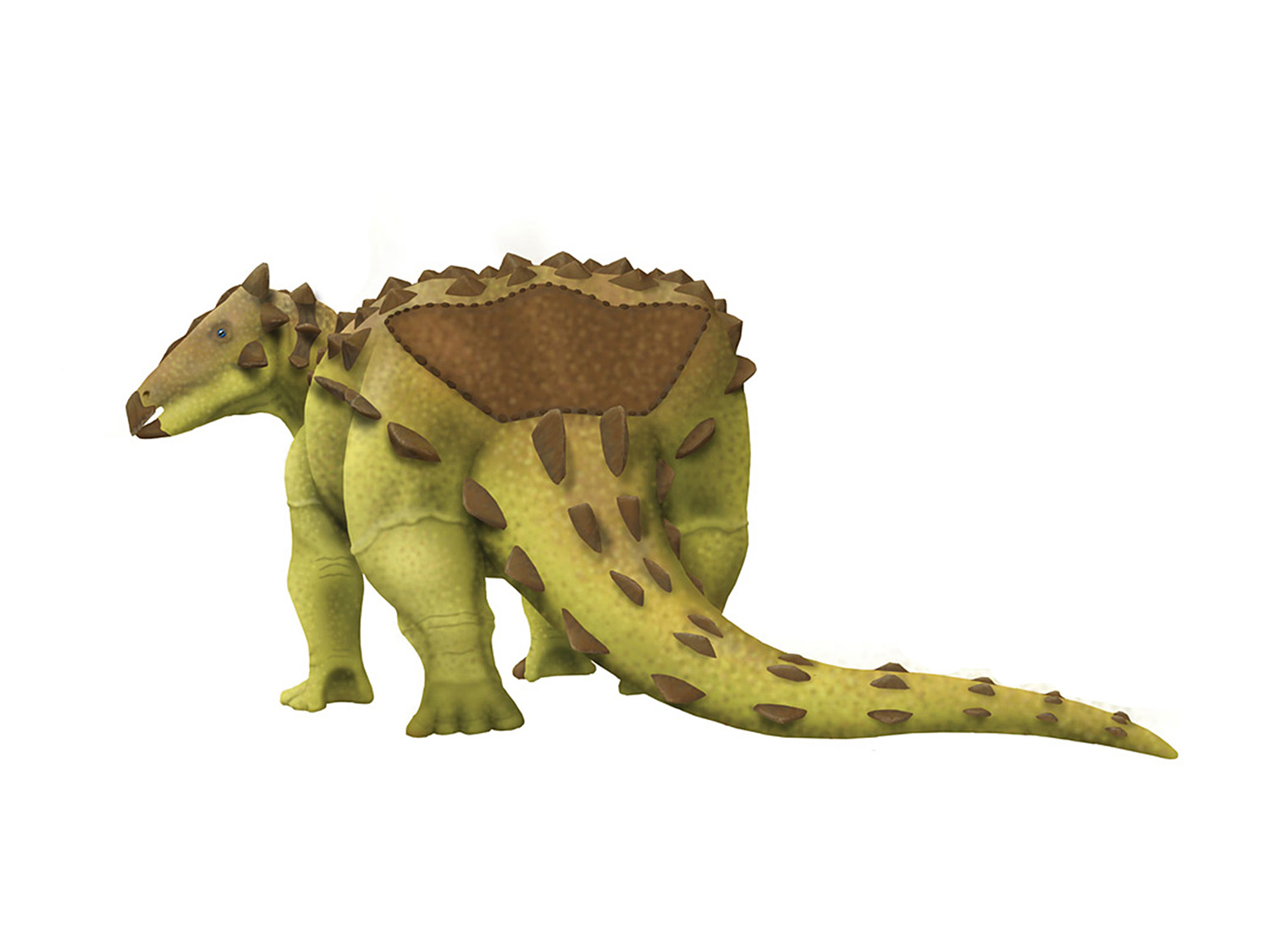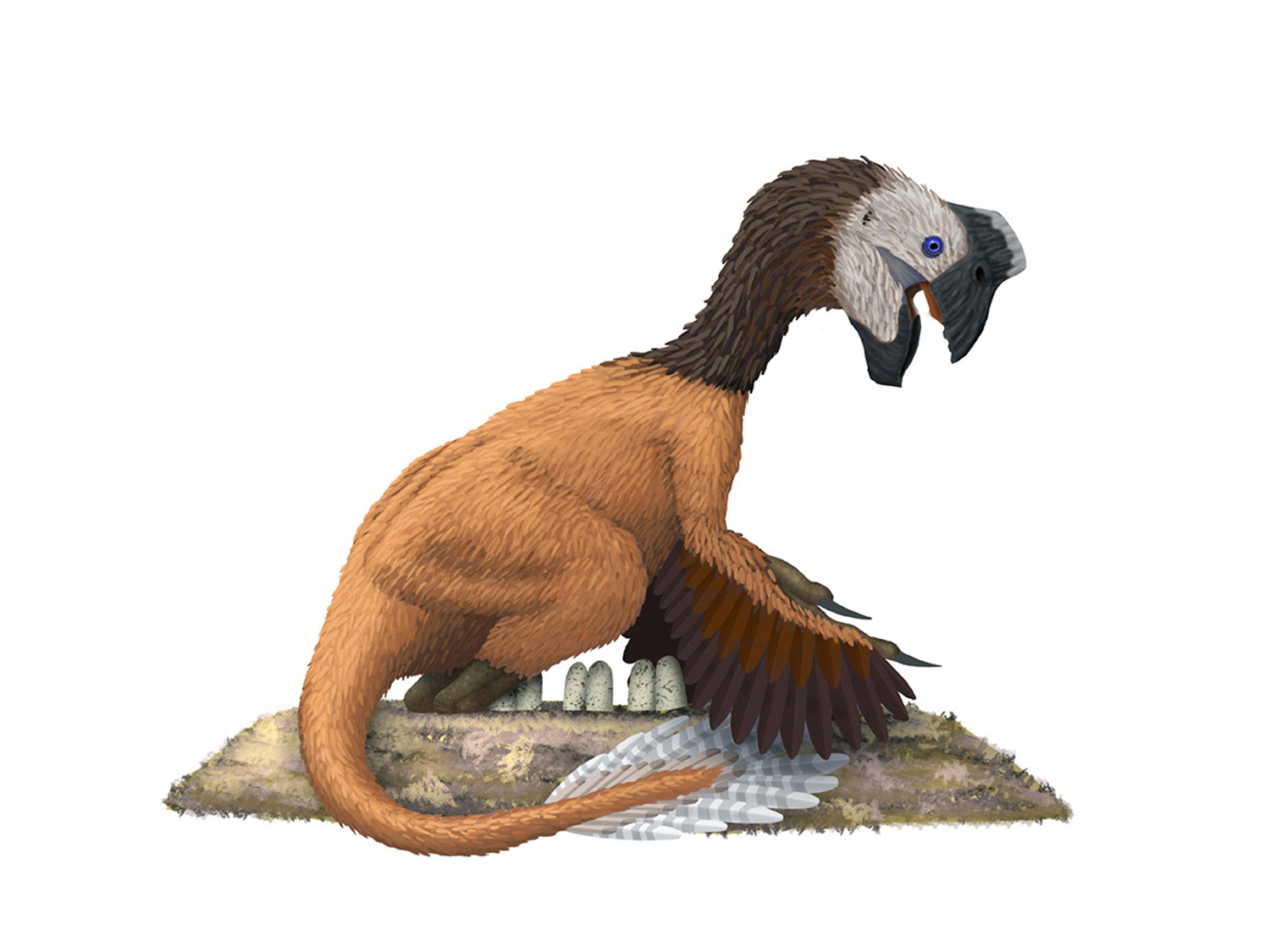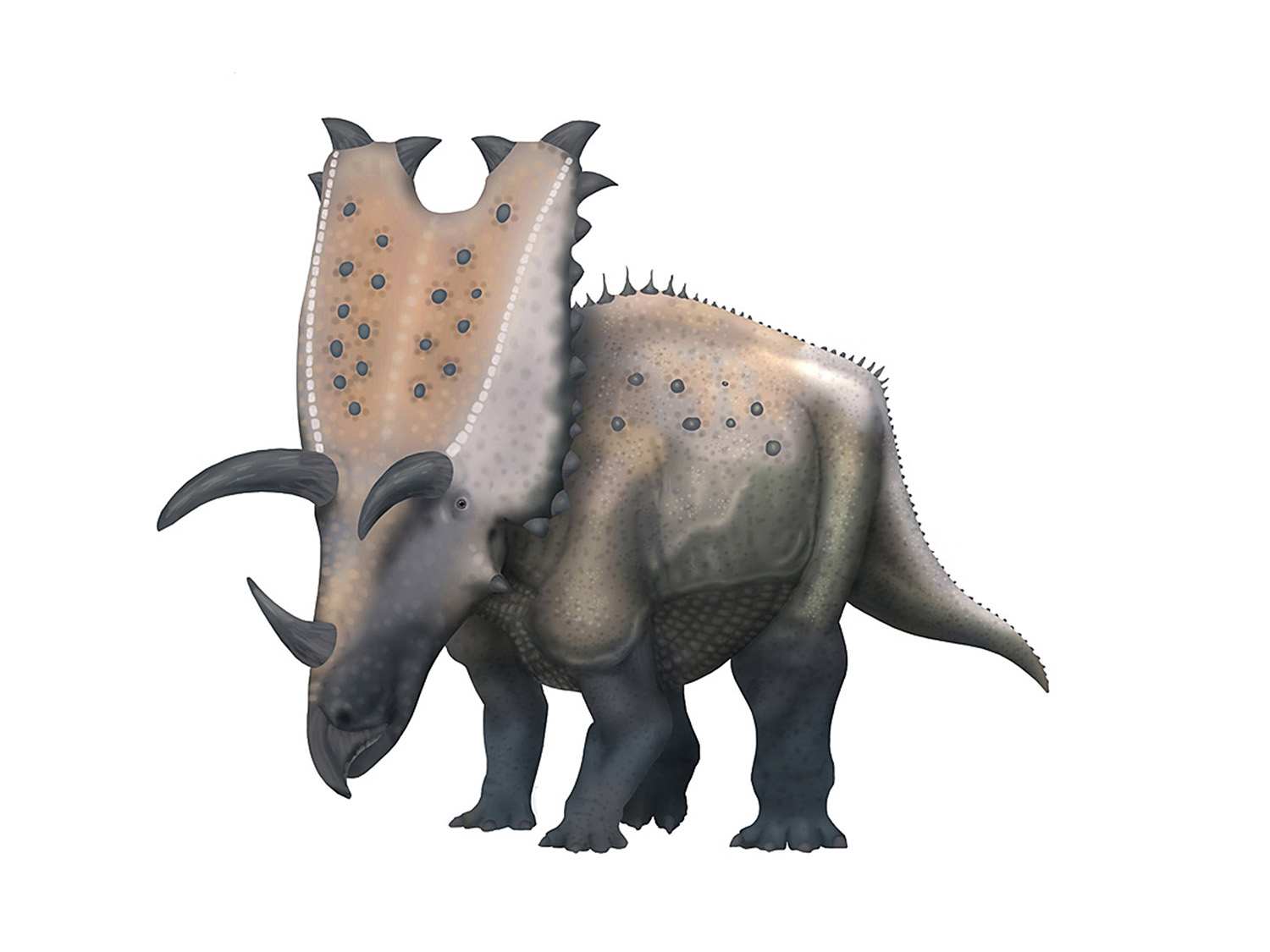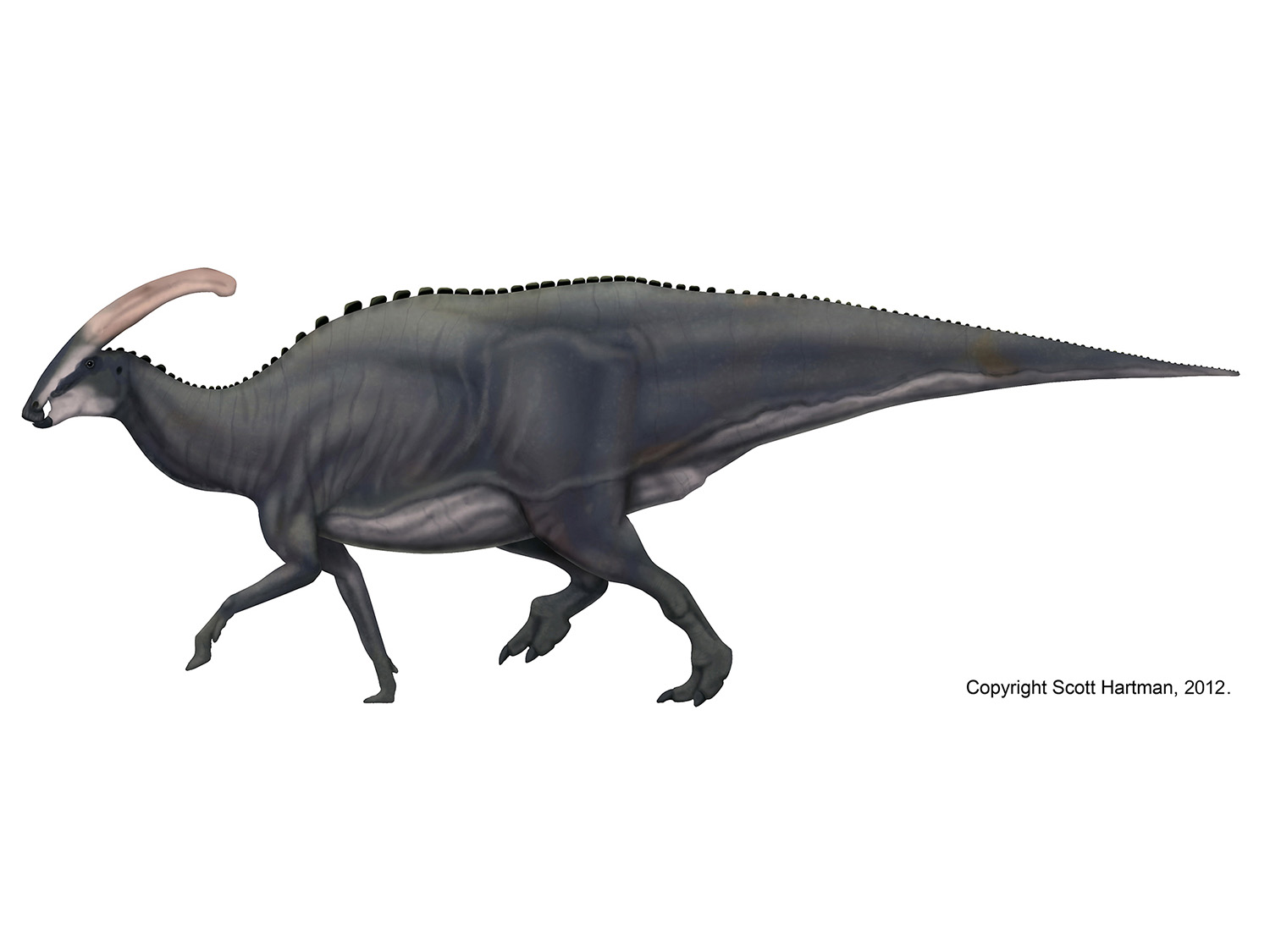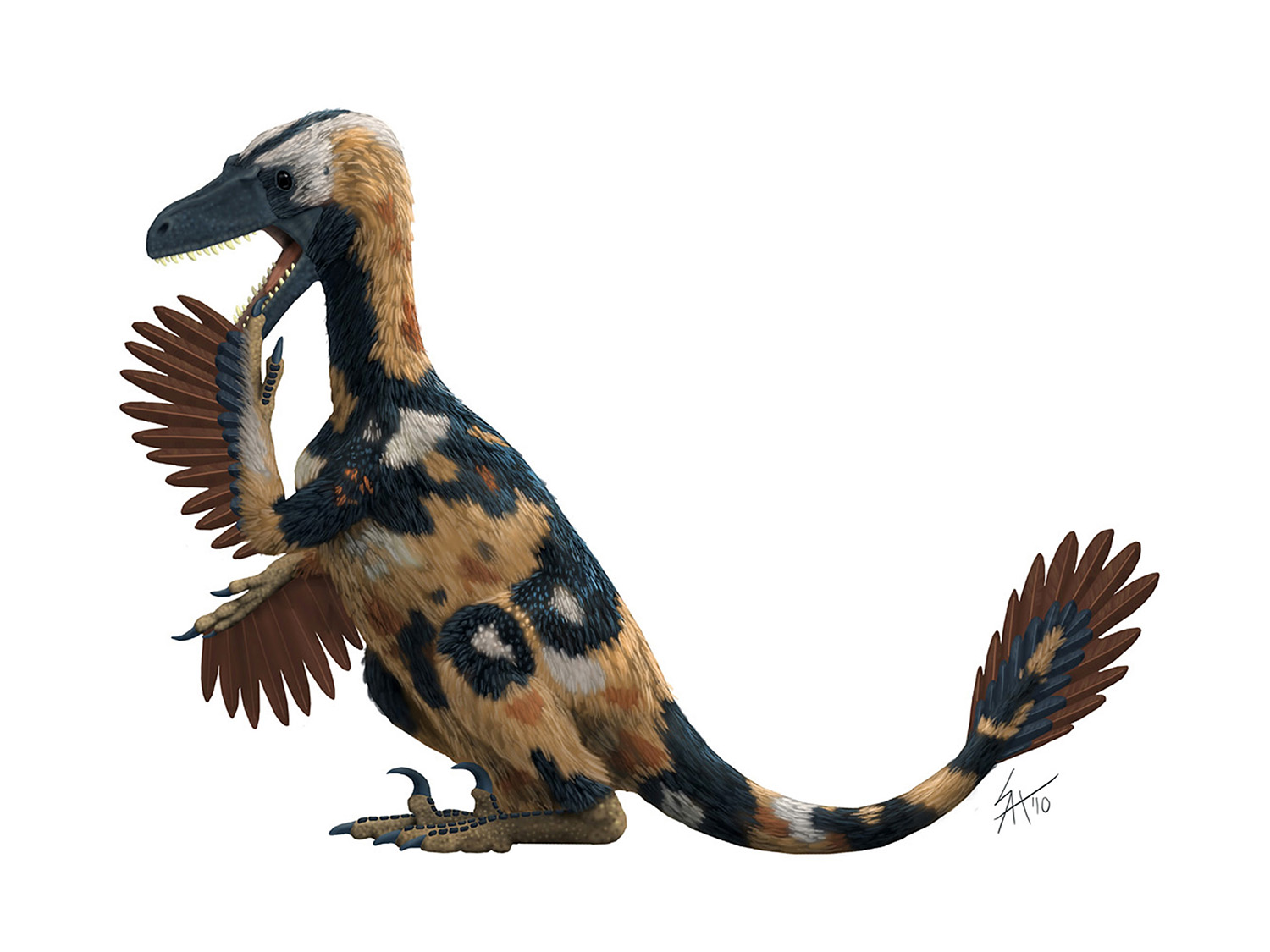Spinosaurus fishiness part deux
/From the Theropoda Blog
In my previous post on the proportions of the new Spinosaurus material I argued that the pelvis and legs are not reduced in size to the extreme degree portrayed in the composite skeletal in Ibrahim, et al., (2014). In the comments section of that post theropod-worker extraordinaire and all-around swell guy Thomas Holtz mentioned a photo (seen at left) that could serve as a sort of independent visual line of evidence that the pelvis and legs of the new Spinosaurus specimen are shorter than other theropods, and potentially shorter than I calculated from the supplementary data. Checking our assumptions (including mine) is part and parcel of science, so let's take a look.
Andrea Cau wrote an excellent post on his blog wherein he makes a strong case that the remains of Stromer's "Spinosaurus B" specimen and the newly described material by Ibrahim et al. are not themselves chimeras, instead accurately recording theropods with smaller-than-usual pelves and hind legs. This is an objection that has been raised before to try and explain away any oddities of the original Stromer material, and has been informally raised regarding the newly described neotype specimen.
I find Cau's argument, as well as the taphonomic description of Ibrahim et al. persuasive, and I think it's very likely that the two specimens are not, taken individually, composites of multiple individuals. Jaimie Headden warns that mixing the two specimens together might result in a chimera, especially when you start referring isolated remains, some of which have been referred to other taxa (e.g. Sigilmassassaurus). I think he makes a good case, but that doesn't impact the scaling of the pelvic girdle and hind legs, which in the new specimen really are reduced compared to other spinosaurids (and other theropods in general).
This should not be contentious - to my knowledge no one is arguing that the legs of Spinosaurus are unreduced. My own "correcting" of the composite skeletal proportions still results in a theropod with a reduced pelvic girdle and hind limbs (certainly reduced compared to my original skeletal reconstruction). Given the other data from isotopes, sensory pits on the schnoz, etc., there is also a case to be made that the limb reduction correlates with increased time spent in or around the water. The question is to what degree, and that's where the numbers published by Ibrahim et al., don't seem to add up to their reconstruction of a quadrupedal, Ambulocetus-grade level of aquatic behavior.
Also from Cau's Theropoda blog.
Cau posted another image (seen directly above) which was taken at less of an less angle than the one featuring Homo sapiens for scale, so let's work with that image. On first visual examination there's no getting around it, that's a small pelvis and hind limb! But that's not really in dispute, the key is to what degree is it reduced? In the paper the ilium in the skeletal is portrayed as slightly shorter than 3 dorsal vertebrae. Glancing at the photo it should be obvious that the pelvis is not that short, but what we really want is a more precise estimate. Measuring the length of the individual centra in the photo can actually be pretty tricky; between distortion and the vertebrae sitting at semi-oblique angles it's hard to ensure you aren't making them longer than they really are. In measuring the three longest centra relative to the ilium I get a scalar of between 3.6 and 4.0. I would attribute that variation to the inherent imprecision of the technique, but notably it's in the same range as I previously calculated from the authors' measurements in the supplementary table S2 (which is 3.9).
But wait, there's more! Stare hard at the limb proportions for a bit. Notice anything strange?
If you said "neither the femur nor the tibia appear shorter than the ilium" then you get a gold star. Why does that matter? Because in the official composite skeletal both limb elements are portrayed as shorter than the ilium; in the case of the femur it's portrayed as dramatically (~17%!) shorter than the ilium.
Scribbled on by me, but still cribbing images from Cau.
Don't take my word for it, pop the file into ImageJ or Photoshop and try it yourself. At right is the same image with my own measuring points added for reference.Given that the ilium is restored as 71 cm in length the femur certainly appears substantially longer than the published length of 61 cm.
Of course now we are in the realm of questioning whether the measured and published lengths are correct. It may seem like this is a case of who are we going to believe, the paper or our lying eyes, but it's really not that simple. Measuring photographs is not reliable - foreshortening and parallax can bedevil well-meaning folks who take measurements from photos. Another possibility is that the femoral head could be broken in these photos and turned upright, leading to the appearance of extra length. I'm not convinced of that, but there does appear to be a break in the upper 1/4 of the femur that might shrink the femur by ~5-10% when fully seated (though it would still be noticeably longer than portrayed in the official composite skeletal).
The simple fact of the matter is that measuring photographs that other people have taken is just not sufficiently precise to establish the exact proportions of a specimen. So have I accomplished something aside from increasing our uncertainty? That would actually be an OK goal, as I want people to understand that this isn't easily resolved. One thing these photos are not evidence of is the neotype possessing legs and a pelvis as small as shown in the Ibrahim et al., composite skeletal - taken at face value these photos seem to show legs that are even longer than I originally suggested.
But really it's the ambiguity that is important. Most of the data in the Ibrahim et al. paper are solid and probably won't prove to be controversial. But the interpretation of a quadrupedal, semi-aquatic theropod that parallels early whales is a major claim, and it (mostly) rests with the accuracy of the skeletal reconstruction (both the proportions of the limbs and the estimated center of gravity stem directly from it). And that is where I feel the paper falls short; an Ambulocetus-grade spinosaur is an extraordinary claim, but it fails to provide extraordinary evidence for the proportions and center of gravity that make or break this claim.
The authors, their preparators and scientific illustrator(s) went to great lengths to scan in existing bones, model the lost bones from Stromer's specimen, etc., but when it comes to documenting how these disparate specimens were scaled together into a composite skeleton the paper simply says they were "size adjusted". The supplement provides an "order" that was followed in scaling (neotype specimen>models of Stromer's specimen>isolated bones>bones from other spinosaurids). But that's not very informative. I and several others have noted, for example, that the centra on the neotype presacrals appear more elongate than in photographs of Stromer's Spinosaurus B. How is this reconciled in the composite? The composite skeletal shows the pelvic girdle improbably high on the mostly incomplete sacral vertebrae (which makes the legs functionally shorter) - how was that deduced? These are the sorts of things we need to know if we are to favor the early-cetacean model over a "giant-stork" model, but at best we are left with too little information to test the idea, and at worse measurements that suggest the skeleton isn't modified to the extreme levels implied in the paper.
Important Note:
I find it sad that I need to write this, but I fear parts of the internet have run amuck. I've seen people attack the credibility of either the journal Science or the authors of the paper. DO NOT DO THIS! There is nothing at all to suggest malfeasance, and knowing most of the people involved either from personal experience or by word of mouth I will happily vouch for them as good, honorable individuals. I realize that some people on the internet feel very strongly about how Spinosaurus "should look", but don't make the mistake making the issue personal. The fact of the matter is our wishes won't affect the proportions of Spinosaurus one iota - all we can do is try our best to uncover them and then let the chips (data, not cow) fall where they may.



